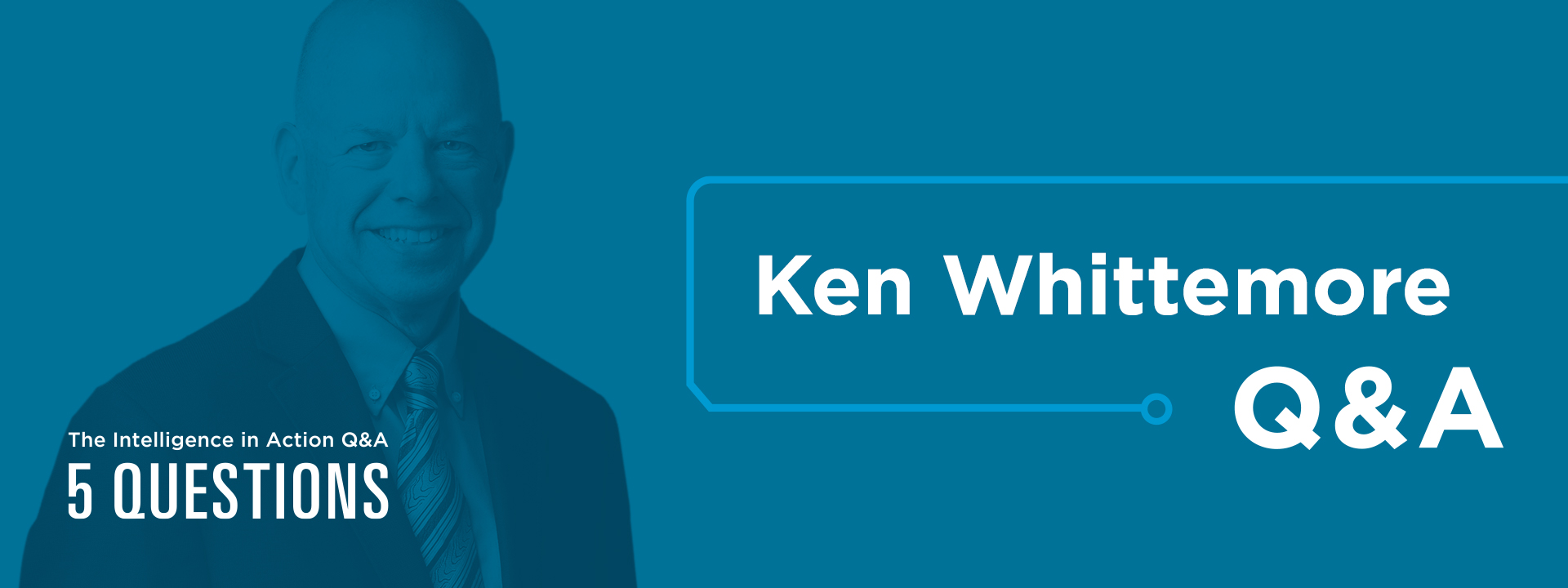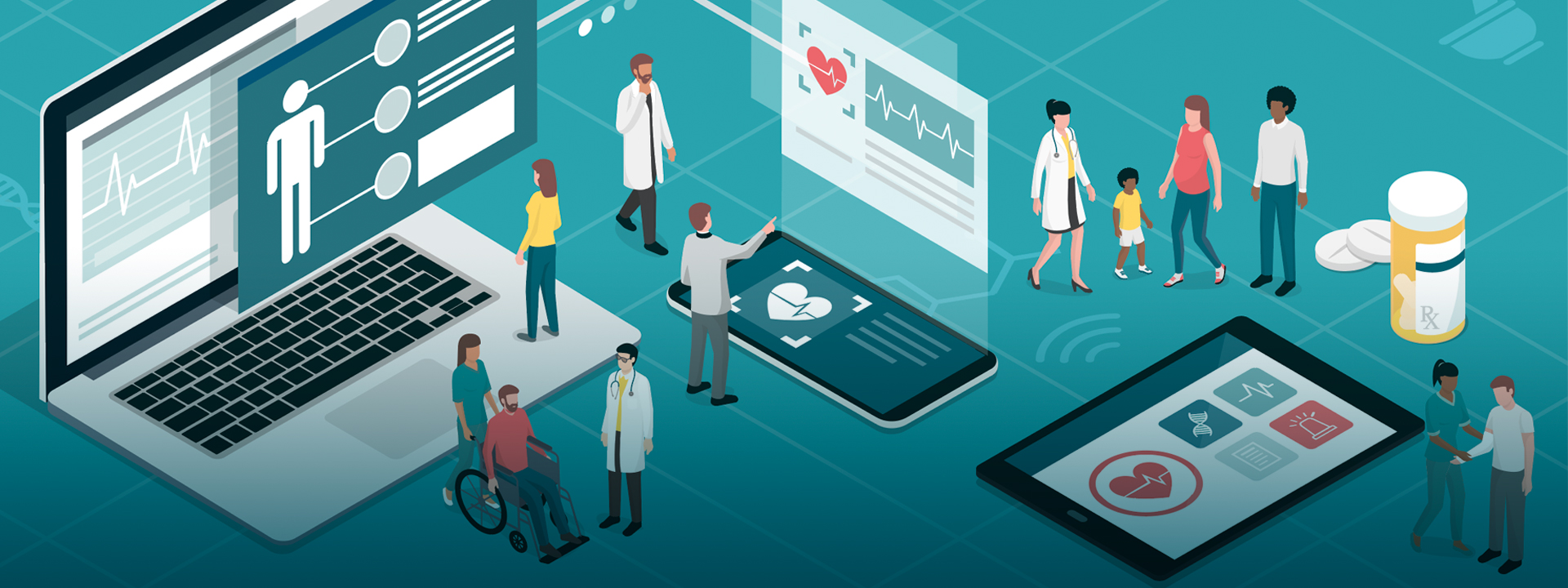In the early 2000s, as the nation moved towards e-prescribing, Ken Whittemore was one of the key drivers and proponents of this new technology. By 2007, as a result of the efforts of Surescripts and other stakeholders, e-prescribing had become legal in all 50 states. Three years later, the regulatory climate was ready for the next leap in e-prescribing: in March 2010, the U.S. Drug Enforcement Administration (DEA) issued an Interim Final Rule (IFR) allowing for the electronic prescribing of controlled substances (EPCS) across the nation.
On the 10th anniversary of the rule, and in the midst of the greatest health crisis the world has faced in sometime, I sat down with Ken, Surescripts Vice President of Professional & Regulatory Affairs, to talk about the history and the impact of getting EPCS adopted nationwide. For years, he’s zeroed in on getting patients the medications they need, safely and securely. And that singular vision has paid off.
1. It’s 2030. What are you most proud of having helped accomplish in healthcare?
Helping enable practitioners across the country to prescribe controlled substances electronically was a valuable contribution and it took quite a lot of work. We helped educate the DEA before they proposed the rule as well as during the required regulatory comment period. Upon adoption, we helped troubleshoot the IFR by sharing industry updates and insights with the DEA. I’m also proud of the role we played in helping our customers understand the 334-page rule. In fact, we created an educational website, www.GetEPCS.com, to help prescribers and their staff understand the four basic steps they need to follow in order to enable their practices for EPCS.
2. When you talk with peers who are working on EPCS, what topics, trends or advances are you touching on lately?
Today, more than half of all states have adopted requirements for e-prescribing or EPCS, and it’s having a real impact. In New York, where e-prescribing for all prescriptions has been required since 2016, 82% of prescribers are now enabled for EPCS. But nationwide, we’re still just under 50% of prescribers enabled. Looking ahead, it would be great to get other states caught up with New York.
3. How would you talk about EPCS with lay people who may not be aware of the technology?
Well, I’d probably start off by saying that it’s a much better way of prescribing controlled substances, then share some details. Electronic prescribing is a more secure, informed and flexible method of prescribing than paper-based prescriptions, especially when used to prescribe controlled substances. EPCS requires identity proofing, two-factor authentication and digital signature processes, making those prescriptions less prone to fraud or abuse. It’s more informed because medication history data and clinical decision support are available to the provider at the time of prescribing. Plus, e-prescribing is more flexible as it allows providers to order lower quantities of controlled substances, and then issue additional electronic prescriptions if needed.
And, as the DEA recently made it easier for telehealth providers to e-prescribe controlled substances when medically appropriate during the COVID-19 pandemic, we’re doing what we can as a company to operationalize this guidance.
4. Not counting colleagues at Surescripts, who do you consider influencers, innovators or leaders in the field of e-prescribing?
Dr. Atul Gawande, who’s a noted author. He very eloquently shared his thoughts on EPCS and why it should be used to fight the opioid epidemic. I recommend his article, "It's Time to Adopt Electronic Prescriptions for Opioids". It certainly caught our attention.
5. Who or what inspires you?
I’m really inspired by people who persevere in the face of adversity, such as Alex Zanardi, the Italian racecar driver who lost both legs in a racing accident, but returned a few years later to race cars and then went on to win gold medals at the London Paralympics for his handcycling prowess. Closer to home, I’m inspired by our veterans who come back from stressful and dangerous deployments and somehow find a way to cope with the experience and thrive in their lives stateside. And, of course, the healthcare workers who are on the frontlines of the COVID-19 pandemic are all heroes in my eyes. We’re committed to supporting them with the technology they need to care for their patients, now more than ever.
Like me, you might be thinking: ‘Ten years is a long time to be interim.’ Ken explained that, back in 2010, it was thought that the IFR would evolve to a final rule once the industry had some experience operating under the IFR and could provide useful feedback to the DEA. But since it’s working so well, why change it?
UPDATE (April 21, 2020): Well, the DEA has decided that the time has finally come. The agency has reopened its comment period on the IFR to allow EPCS via a notice posted in today’s Federal Register. Surescripts will respond to the questions posed by the DEA prior to the June 22, 2020 deadline.


 Dean Riggott Photography
Surescripts
Dean Riggott Photography
Surescripts





